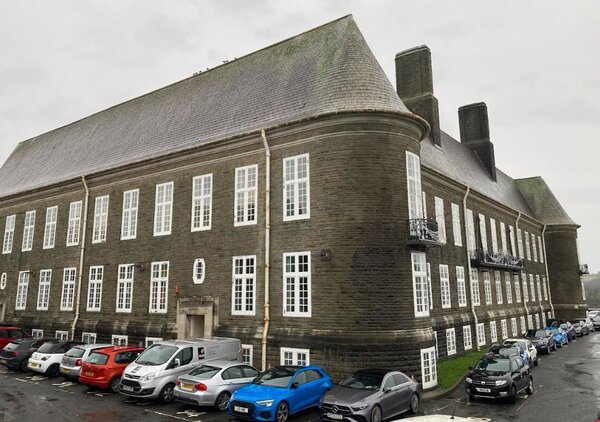Introduction
Chancellor Rachel Reeves is reportedly weighing up significant tax reforms ahead of the Autumn Budget, including a rise in income tax rates coupled with a cut to National Insurance contributions.
These plans, if implemented, are likely to have a substantial effect on higher earners, particularly in London and the South East. The proposed measures have sparked debate within the Labour Party due to suggestions that they may conflict with existing manifesto commitments.
The Office for Budget Responsibility (OBR) is currently evaluating the fiscal impact, and final decisions are yet to be announced.
Chancellor considers major tax reforms
Speculation has intensified ahead of the Chancellor’s Budget statement, scheduled for 26 November. According to official data, Rachel Reeves has left open the possibility of a 2p rise in the main rate of income tax for employees.
This increase could be accompanied by a simultaneous 2p reduction in employee National Insurance contributions, limited to earnings up to £50,270, which marks the threshold for higher rate tax.
The aim would reportedly be to provide relief to lower and middle-income earners, who form the majority of basic rate taxpayers, while ensuring higher earners shoulder more of the overall tax increase.
The Resolution Foundation think tank has advocated for this approach, projecting it could generate up to £6 billion in additional revenue.
Possible income tax increase and National Insurance cut
Under these proposed measures, those who pay only the basic 20% rate of income tax would see their National Insurance contributions reduced, partly offsetting the impact of the suggested income tax hike.
However, earners subject to the higher 40% tax rate would not benefit from this National Insurance cut. Current plans also involve extending the freeze on income tax thresholds for two more years beyond 2028.
According to analysis by the House of Commons Library, this freeze would result in 110,000 additional Londoners and 120,000 more individuals in the South East moving into the higher tax band, further increasing the burden on these regions.
Regional impact highlighted: London and South East
The financial implications of these potential changes are expected to be most keenly felt in London and the South East, which together account for approximately 2.8 million higher rate taxpayers.
According to Government figures, London has the highest number in the country with 1.28 million, followed closely by the South East with 1.24 million. If the plans move forward, these regions would endure the greatest overall loss from the combined effect of the tax rise and the restricted National Insurance cut.
The concentration of higher earners in these areas underlines why any changes to the upper income tax bands are particularly significant for their residents.
Reaction from Labour colleagues and party
Reports indicate concern within the Labour Party about breaking high-profile commitments not to raise income tax, National Insurance, or VAT.
Labour’s new Deputy Leader, Lucy Powell, stated, “We should be following through on our manifesto…There’s no question about that.” Some party members have expressed worries about the communication challenges such a reversal would pose.
Clive Efford, MP for Eltham and Chislehurst, commented that if the policy change were pursued, there would be a considerable task in explaining its necessity to the public.
Culture Secretary Lisa Nandy affirmed, “We take our promises very, very seriously,” but also emphasised the party’s duty to deliver change.
Fiscal pressures and economic context
The Chancellor is facing the need to address a substantial Budget shortfall, estimated at around £30 billion.
This challenge has been compounded by a recent reduction in productivity growth forecasts by the OBR, which has also reduced the government’s fiscal headroom to about £10 billion.
The tax burden in the UK is forecast to reach its highest level since modern records began in 1948. Last year’s Budget included measures estimated to raise £40 billion over the medium term, partly to fund public services such as the NHS.
The proposed measures are viewed as efforts to ensure fiscal responsibility while also meeting investment commitments.
Final Summary
While no final decision has been announced, proposed changes to income tax and National Insurance are under serious consideration, according to verified government and parliamentary sources.
If adopted, they would have significant effects, particularly in London and the South East due to the high concentration of higher rate taxpayers.
The proposals have sparked debate within the Labour Party, especially regarding manifesto pledges on taxation. The Chancellor is balancing the need to restore public finances against the commitment to avoid excessive pressure on lower-income groups.
As the Budget approaches, further details are awaited and the situation remains subject to change. Those seeking detailed tracking of tax policy developments may find additional insight using finance-focused applications such as Pie.











